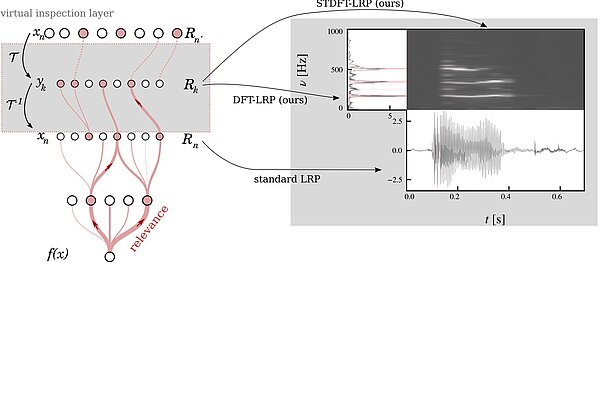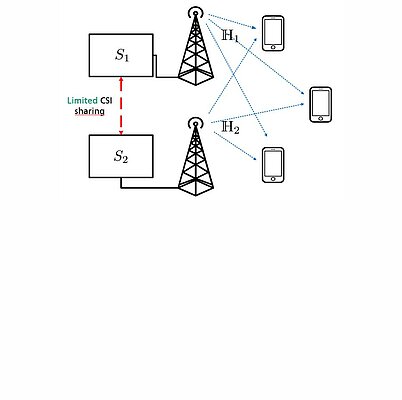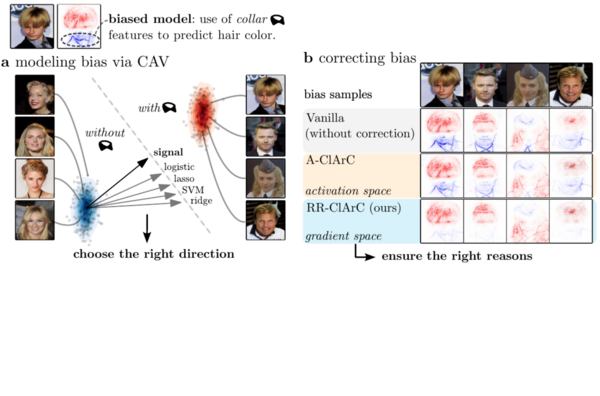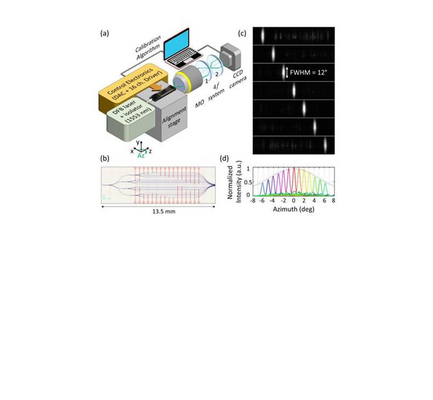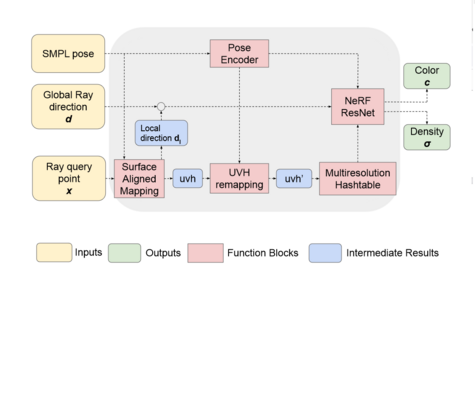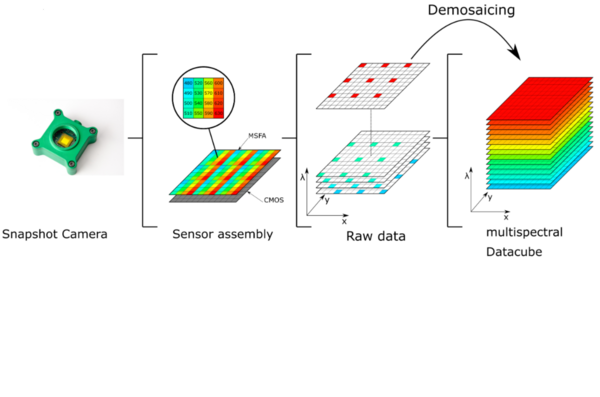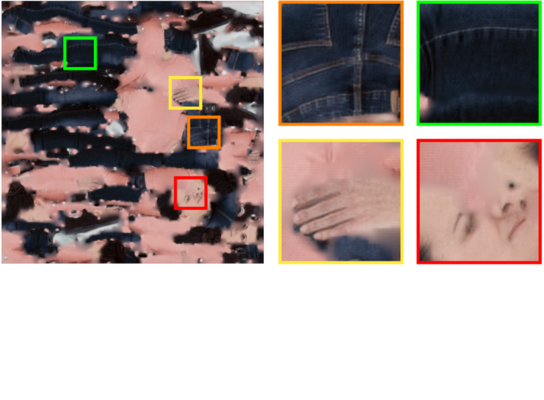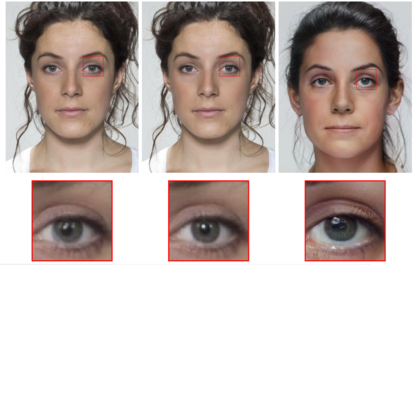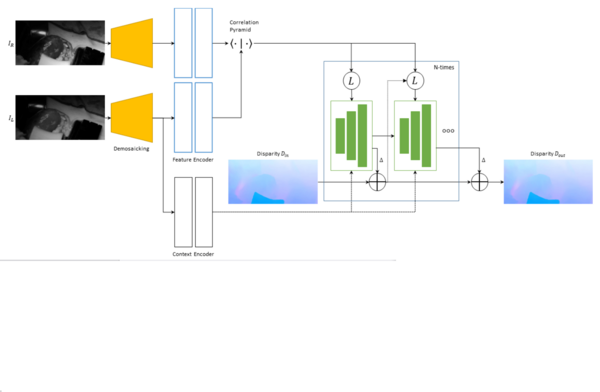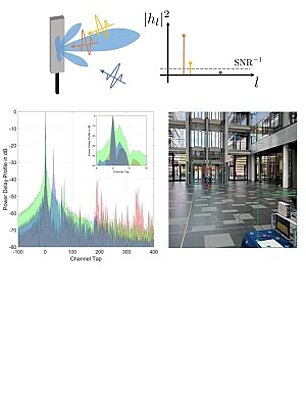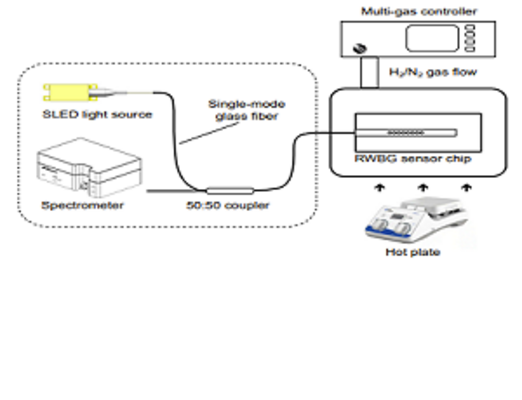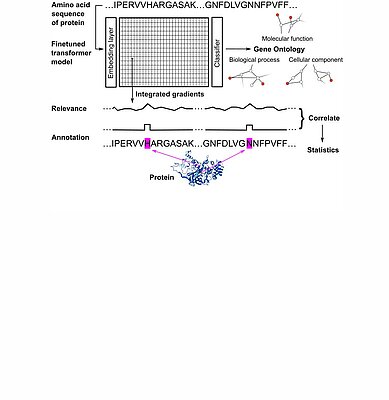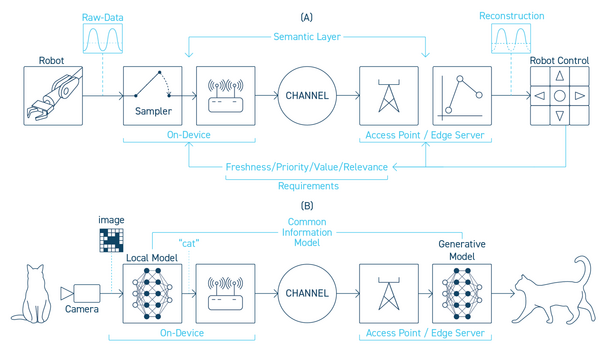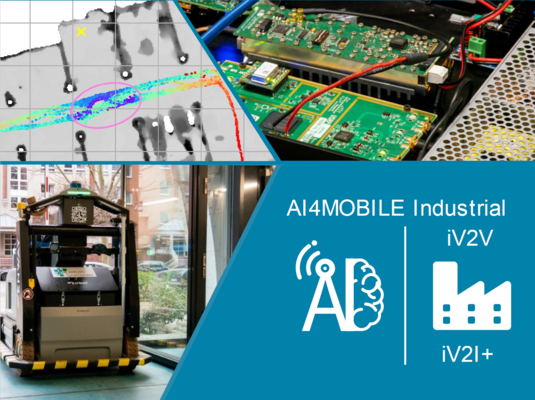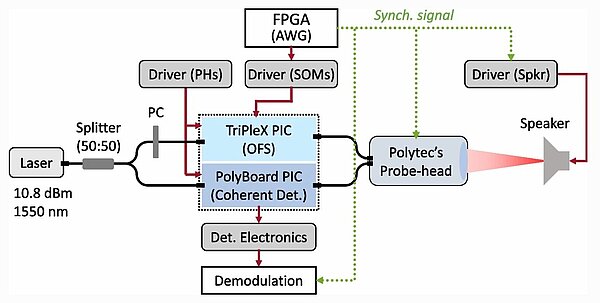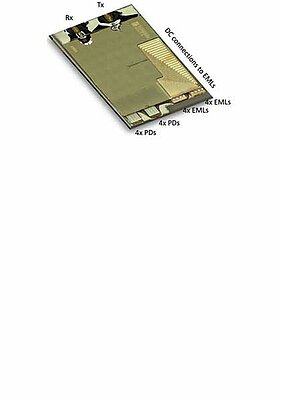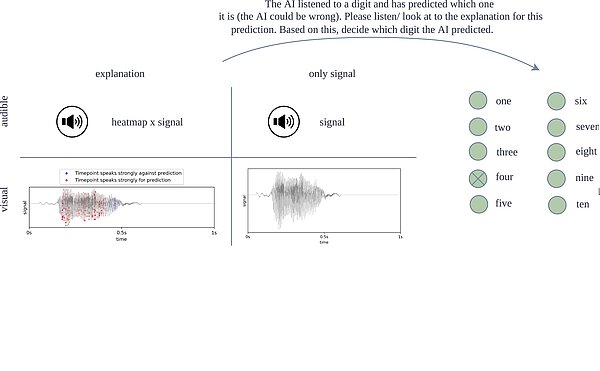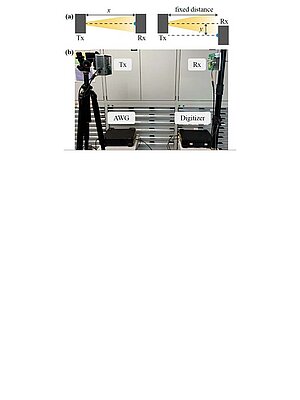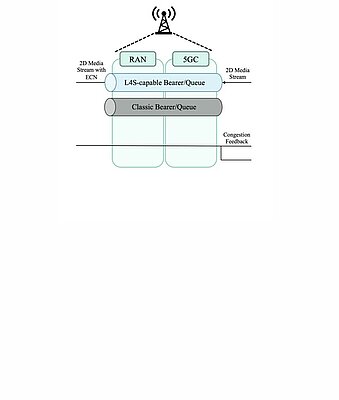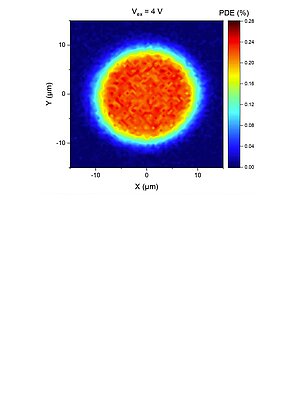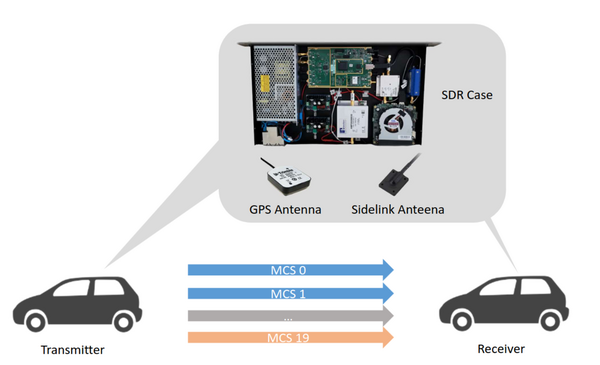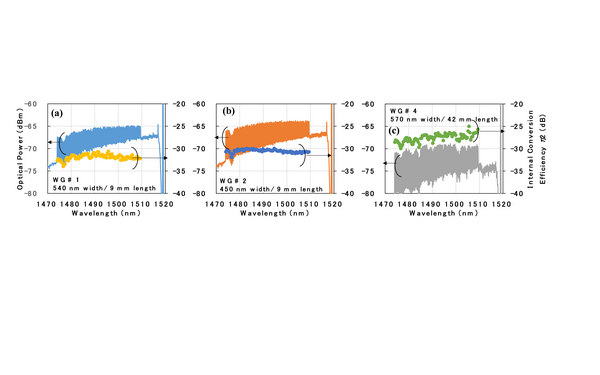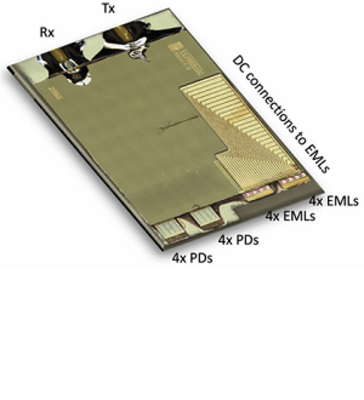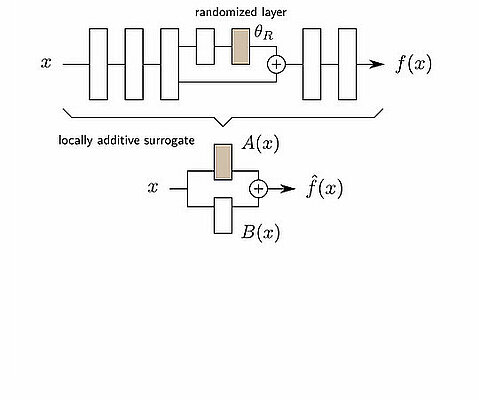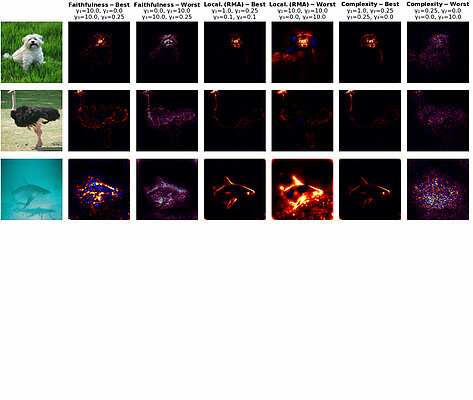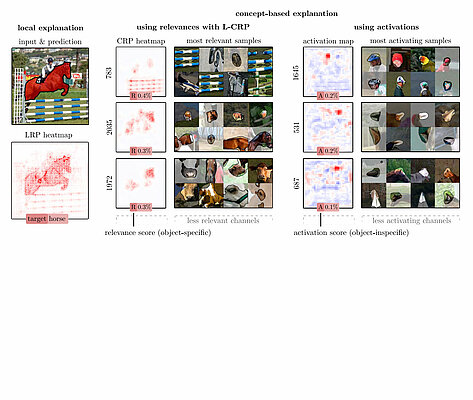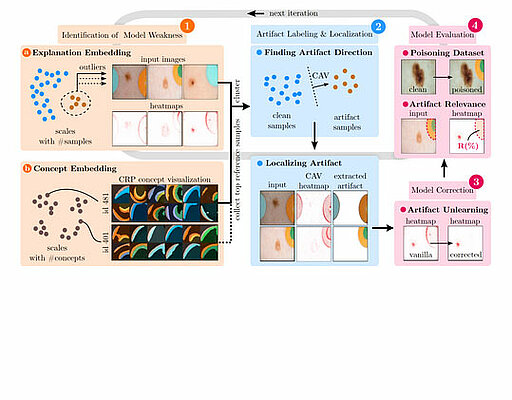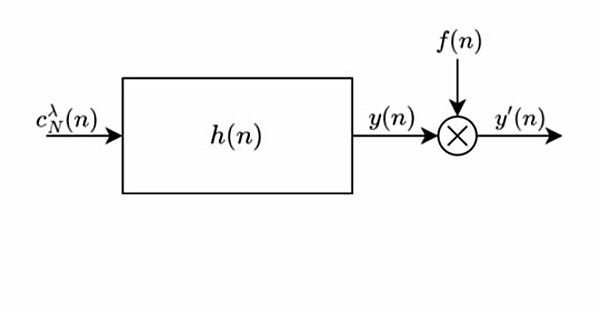Explainable AI for Time Series via Virtual Inspection Layers
For time series data, where the input itself is often not interpretable, dedicated XAI research is scarce. In this work, we put forward a virtual inspection layer for transforming the time series to an interpretable representation and allows to...
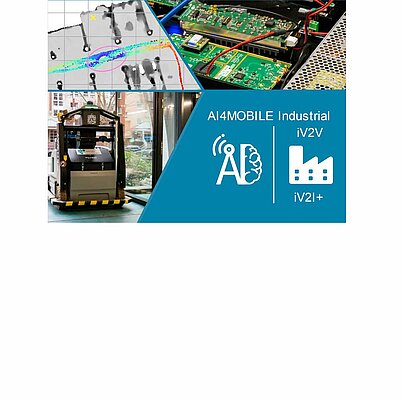
UL-DL Duality for Cell-Free Massive MIMO With Per-AP Power and Information Constraints
This article advances the theoretical foundations of user-centric cell-free massive MIMO networks. In particular, by means of a novel UL-DL duality principle for fading channels, it settles the optimality of the recently developed “team MMSE”...
Towards an AI-enabled Connected Industry: AGV Communication and Sensor Measurement Datasets
We present iV2V and iV2i+, two machine-learning datasets for industrial wireless communication. The datasets cover sidelink and cellular communication involving autonomous robots together with localization and sensing data, which can be used to...
From Hope to Safety: Unlearning Biases of Deep Models via Gradient Penalization in Latent Space
We present a novel method ensuring the right reasons on the concept level by reducing the model's sensitivity towards biases through the gradient. When modeling biases via Concept Activation Vectors, we highlight the importance of choosing robust...
Sparse Aperiodic Optical Phased Arrays on Polymer Integration Platform
Solid-state optical beam-steering utilizing polymer waveguides as edge emitters to form optical phased arrays (OPAs) with aperiodic spacing for operation at 1550 nm is demonstrated for the first time. Power consumption of 1.28 mW/? per channel is...
Animating NeRFs from Texture Space: A Framework for Pose-Dependent Rendering of Human Performances
We introduce a novel NeRF-based framework for pose-dependent rendering of human performances where the radiance field is warped around an SMPL body mesh, thereby creating a new surface-aligned representation. Our representation can be animated...
Efficient and Accurate Hyperspectral Image Demosaicing with Neural Network Architectures
This study investigates the effectiveness of neural network architectures in hyperspectral image demosaicing. We introduce a range of network models and modifications, and compare them with classical interpolation methods and existing reference...
Multi-View Inversion for 3D-aware Generative Adversarial Networks
Our method builds on existing state-of-the-art 3D GAN inversion techniques to allow for consistent and simultaneous inversion of multiple views of the same subject. We employ a multi-latent extension to handle inconsistencies present in dynamic...
Generative Texture Super-Resolution via Differential Rendering
We propose a generative deep learning network for texture map super-resolution using a differentiable renderer and calibrated reference images. Combining a super-resolution generative adversarial network (GAN) with differentiable rendering, we...
Towards Better Morphed Face Images Without Ghosting Artifacts
We propose a method for automatic prevention of ghosting artifacts based on a pixel-wise alignment during morph generation. We evaluate our proposed method on state-of-the-art detectors and show that our morphs are harder to detect, particularly,...
Multispectral Stereo-Image Fusion for 3D Hyperspectral Scene Reconstruction
We present a novel approach combining two calibrated multispectral real-time capable snapshot cameras, covering different spectral ranges, into a stereo-system. Therefore, a hyperspectral data-cube can be continuously captured. The combined use...
Little or No Equalization is Needed in Energy-Efficient Sub-THz Mobile Access
We validate experimentally the claim that, in sub-THz mobile access networks, single-carrier or low-number-of-subcarriers modulations are very attractive competitors to the dramatically more complex and energy-inefficient traditional...
Polymer Waveguide Sensor Based on Evanescent Bragg Grating for Lab-on-a-Chip Applications
This work integrates an evanescent Bragg grating sensor into a polymer waveguide with microchannels. The sensor, built with epoxide-based polymers, is characterized through chemical applications. Temperature sensitivity is demonstrated (-47.75...
Insights into the inner workings of transformer models for protein function prediction
We explored how explainable artificial intelligence (XAI) can help to shed light into the inner workings of neural networks for protein function prediction, by extending the widely used XAI method of integrated gradients such that latent...
Semantic Communication for Edge Intelligence: Theoretical Foundations and Implications on Protocols
Recent attention to semantic communication, driven by task-oriented solutions, aims to optimize resource use. Despite perceived efficiency gains, few practical implementations exist. This paper revisits theoretical foundations, emphasizing...
Towards an AI-enabled Connected Industry: AGV Communication and Sensor Measurement Datasets
We present iV2V and iV2i+, two machine-learning datasets for industrial wireless communication. The datasets cover sidelink and cellular communication involving autonomous robots together with localization and sensing data, which can be used to...
Integrated heterodyne laser Doppler vibrometer based on stress-optic frequency shift in silicon nitride
We demonstrate a compact heterodyne Laser Doppler Vibrometer (LDV) based on the realization of optical frequency shift in the silicon nitride photonic integration ! platform (TriPleX). The system comprises a dual-polarization coherent detector...
Hybrid integration of Polymer PICs and InP optoelectronics for WDM and SDM terabit intra-DC optical interconnects
This paper presents a hybrid photonic integration concept based on the use of a polymer motherboard, InP EML arrays and InP PD arrays to realize WDM and SDM Terabit optical engines operating at 100-Gb/s or even at 20! 0-Gb/s per lane. The optical...
AudioMNIST: Exploring Explainable Artificial Intelligence for Audio Analysis on a Simple Benchmark
Explainable Artificial Intelligence (XAI) is targeted at understanding how models perform feature selection and derive their classification decisions. This paper explores post-hoc explanations for deep neural networks in the audio domain....
A Performance Comparison of OFDM and Pulsed PHY Modulations in Optical Wireless Communications
Experimental tests of the OFDM and OOK-based PHYs in the Li-Fi standard IEEE 802.15.13-2023 show that the higher peak data rates of OFDM and the longer reach of OOK make them suitable for deployment in down- and uplink use cases, respectively.
L4S Congestion Control Algorithm for Interactive Low Latency Applications over 5G
In recent years, immersive applications such as Cloud XR have emerged, which require very low latency to ensure a high quality of experience. This paper presents a congestion control algorithm combined with L4S to achieve stable and low latency...
Guard-ring free InGaAs/InP single photon avalanche diodes for C-band quantum communication
We present a guard-ring free InGaAs/InP single photon avalanche diode with 20 µm diameter for the optical C-band. At 225 K, 25.6 µs dead time and 17% detection efficiency, the dark count rate is 3 kcps with 0.5% afterpulsing probability. This...
From Empirical Measurements to Augmented Data Rates: A Machine Learning Approach for MCS Adaptation in Sidelink Communication
Due to the lack of a feedback channel in the C-V2X sidelink, finding a suitable MCS level is a difficult task. In this paper, we propose an ML approach that uses quantile prediction to predict the MCS level with the highest achievable data rate....
Design and Characterization of Dispersion-Tailored Silicon Strip Waveguide toward Wideband Wavelength Conversion
One of cost-effective ways to increase the transmission capacity of current standard wavelength division multiplexing (WDM) transmission systems is to use a wavelength band other than the C-band to transmit in multi-band. We proposed the concept...
Hybrid integration of Polymer PICs and InP optoelectronics for WDM and SDM terabit intra-DC optical interconnects
This paper presents a hybrid photonic integration concept based on the use of a polymer motherboard, InP EML arrays and InP PD arrays to realize WDM and SDM Terabit optical engines operating at 100-Gb/s or even at 20! 0-Gb/s per lane. The optical...
Shortcomings of Top-Down Randomization-Based Sanity Checks for Evaluations of Deep Neural Network Explanations
While the evaluation of explanations is an important step towards trustworthy models, it needs to be done carefully, and the employed metrics need to be well-understood. Specifically model randomization testing is often overestimated and regarded...
Optimizing Explanations by Network Canonization and Hyperparameter Search
Rule-based and modified backpropagation XAI methods struggle with innovative layer building blocks and implementation-invariance issues. In this work we propose canonizations for popular deep neural network architectures and introduce an XAI...
Revealing Hidden Context Bias in Segmentation and Object Detection through Concept-specific Explanations
Applying traditional post-hoc attribution methods to segmentation or object detection predictors offers only limited insights, as the obtained feature attribution maps at input level typically resemble the models' predicted segmentation mask or...
Reveal to Revise: An Explainable AI Life Cycle for Iterative Bias Correction of Deep Models
State-of-the-art machine learning models often learn spurious correlations embedded in the training data. This poses risks when deploying these models for high-stake decision-making, such as in medical applications like skin cancer detection. To...
Channel estimation with Zadoff–Chu sequences in the presence of phase errors
Due to their perfect periodic autocorrelation property, Zadoff–Chu sequences are often used as stimulus signals in the measurement of radio channel responses. In this letter, the cross-correlation of a linear shift-invariant system's response to...
